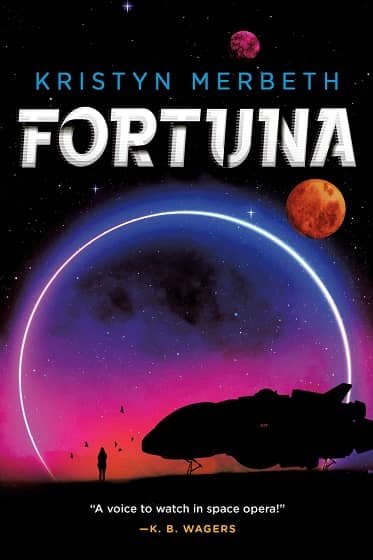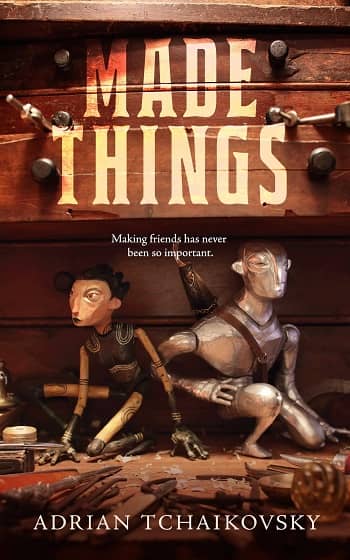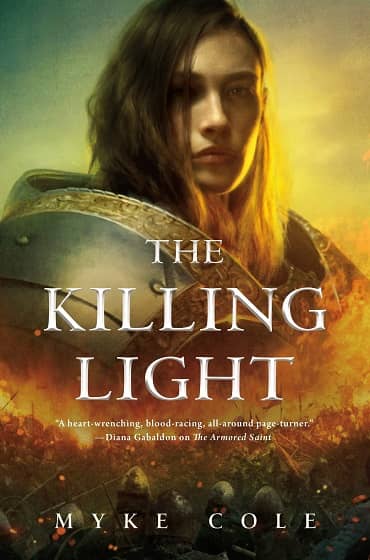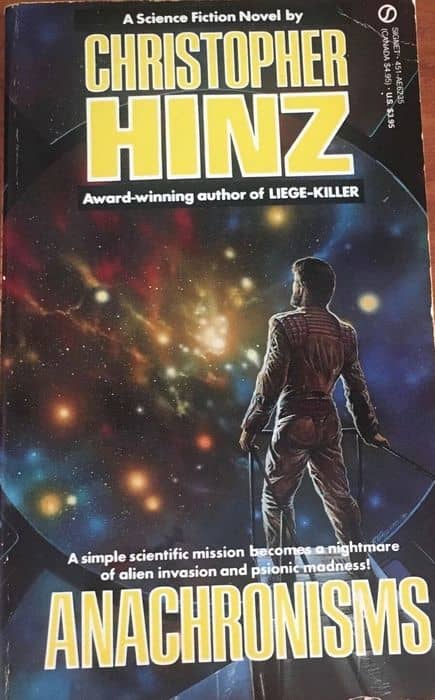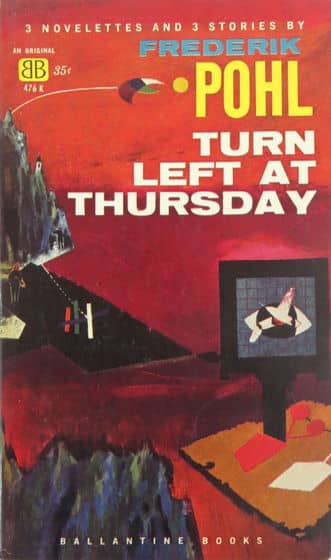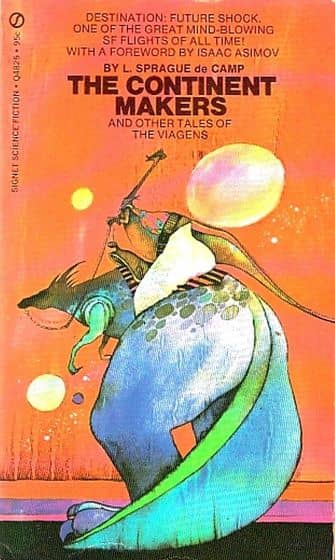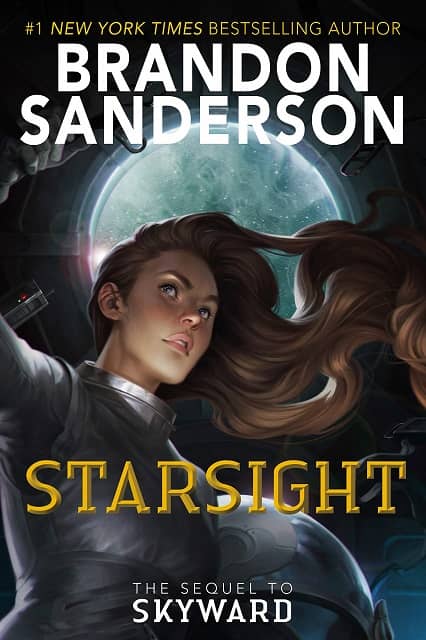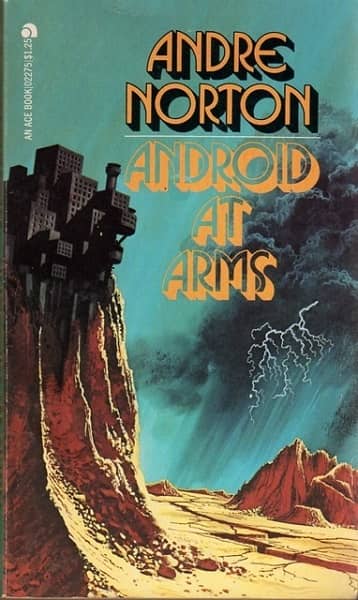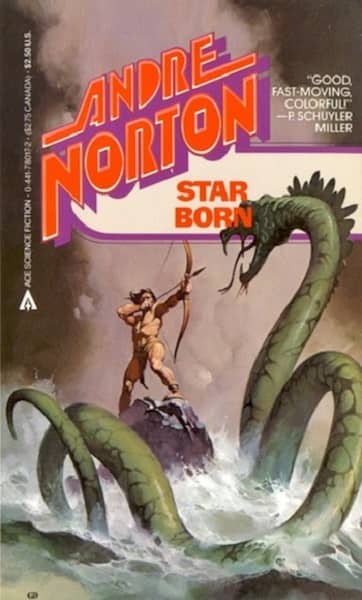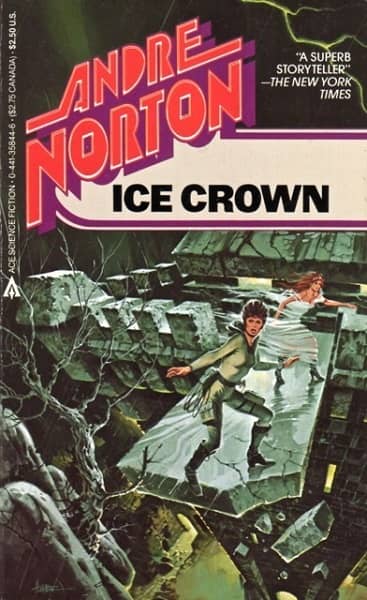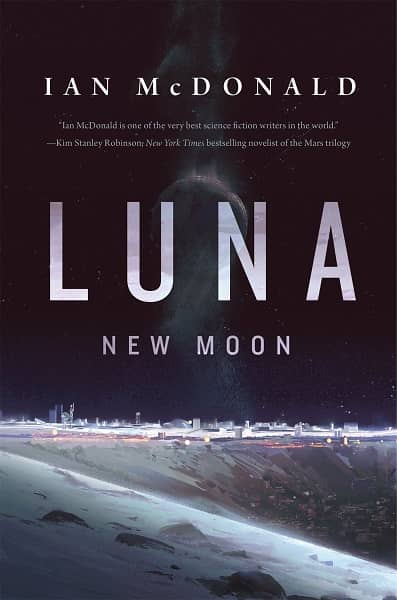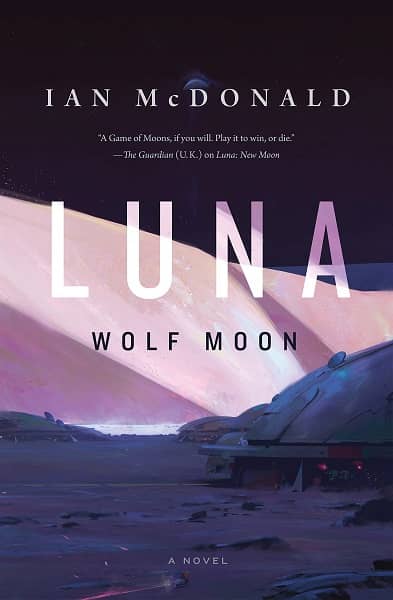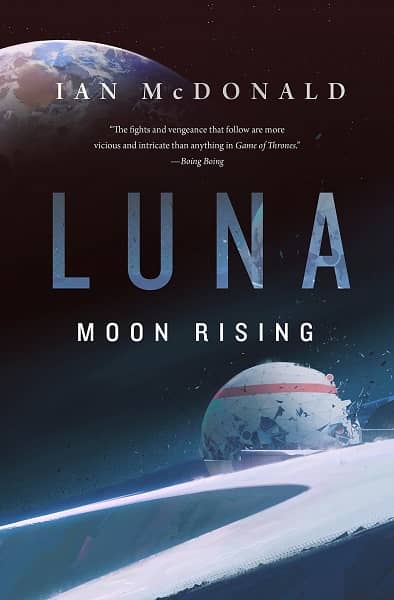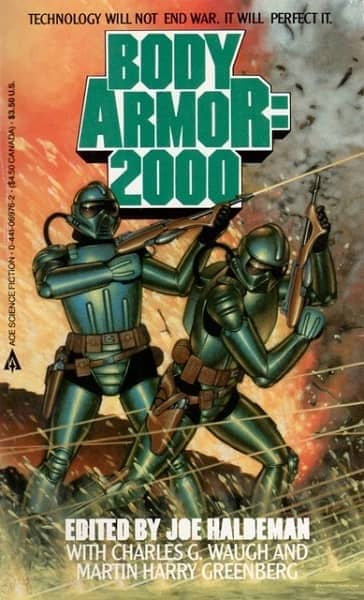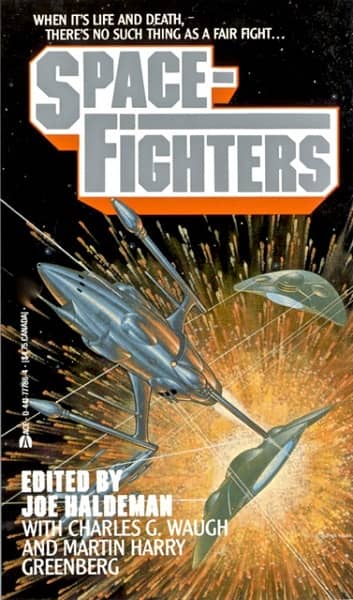New Treasures: Down Among the Dead, Book 2 of The Farian War by K. B. Wagers
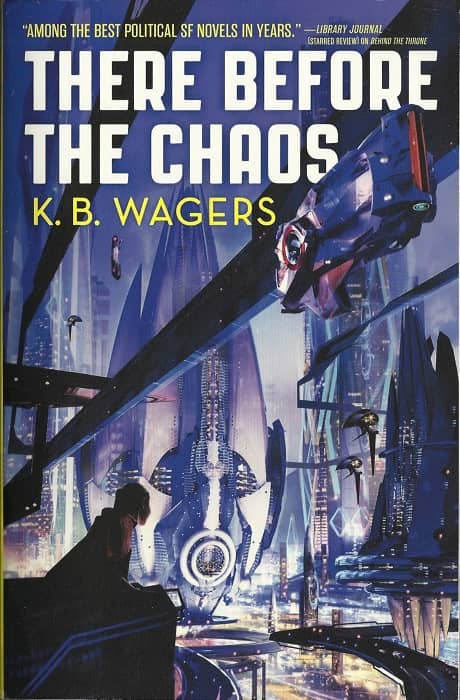 |
 |
Covers by Lauren Panepinto and Stephan Martiniere
Down Among the Dead, the second novel in K. B. Wagers’ Farian War series, arrives from Orbit tomorrow, and it’s one of the most anticipated SF books of the month. It’s the sequel to the The Indranan War trilogy featuring gunrunner empress Hail Bristol, which put Wagers on the map for serious space opera fans. The Barnes & Noble Sci-Fi & Fantasy Blog said the opening novel, There Before the Chaos, was “”A perfect blend of political intrigue and realistically-conveyed action…. [with] Kick-butt women, space battles, complex relationships, and fiendish plots.” Publishers Weekly was even more enthusiastic:
Hailimi “Hail” Bristol, an Indranan princess turned selectively ruthless gunrunner, was forced to take her empire’s throne after conspirators murdered her family. She saved the empire, but now a war between Indrana’s centuries-long allies, the Farians, who can heal or kill with a touch, and the Farians’ ancient enemy, the Shen, threatens to spill over to all of humankind, with disastrous consequences… Wagers achieves a rare balance of action… tension, and quiet moments, keeping pages turning while deepening the portraits of Hail and the friends and foes around her. Fans of the original trilogy will welcome Hail’s return, and any space opera reader can easily jump in here.
We covered There Before the Chaos last November. Down Among the Dead will be published tomorrow by Orbit; it is 448 pages, priced at $16.99 in trade paperback and $11.99 in digital formats. The cover is by Stephan Martiniere.
Surprisingly (well surprising to me, anyway), The Farian War is not the only space opera series Wagers has on the go at the moment. Early next year Wagers is launching a brand new military science fiction series that looks extremely interesting. Check it out below.
